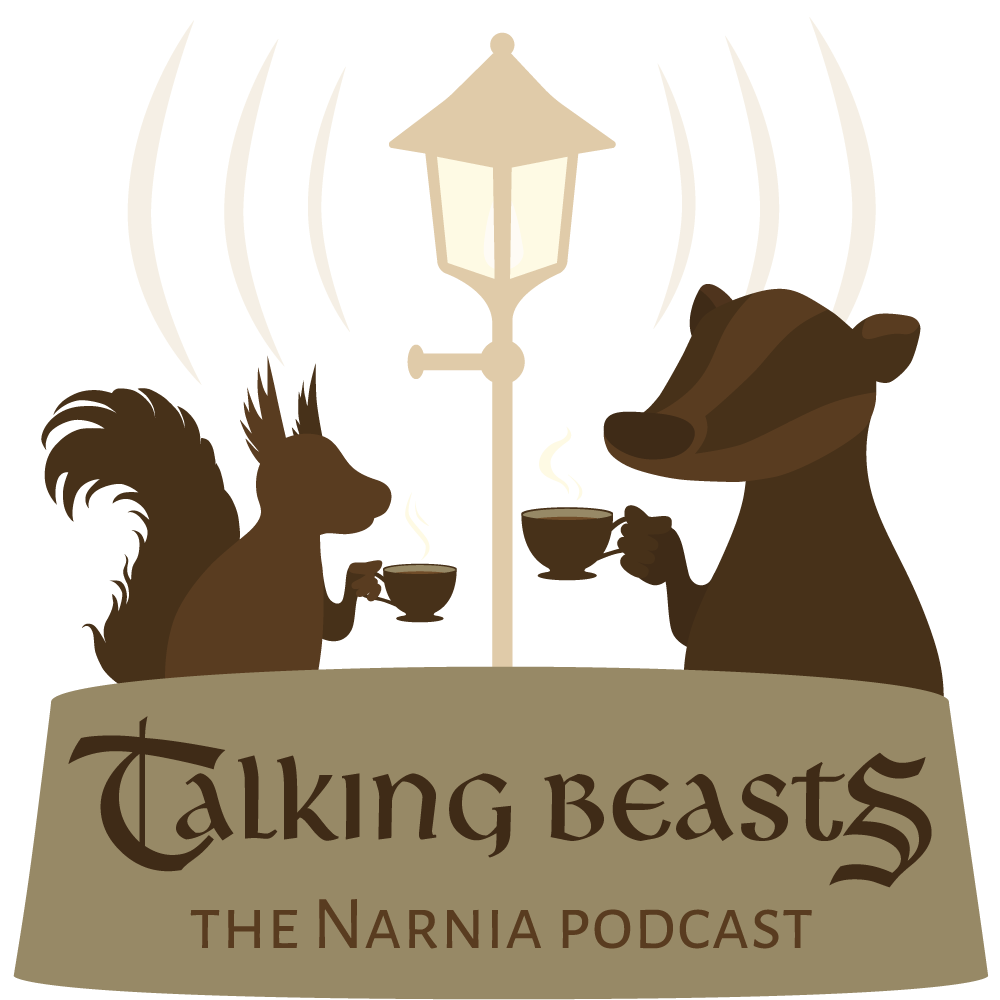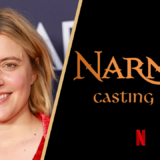IGN Interviews Richard Taylor
Here we have another interview with Richard Taylor of Weta Workshop, this time from IGN. Richard discusses the issues involved with designing the props and armour.
IGN: How did you decide on colors that would bring the world of Narnia to life?
TAYLOR: Because we were in the medieval period [in Lord of the Rings], the range of dyes and oxides accessible were only those of an organic mold. So as our characters journey through the three movies, they’re colored by the oxides of the lands that they’re walking across. The world of Narnia isn’t like that; we can play so much more with the rich colors because we’re drawing from the dies that were possible in Victorian England – so many rich colors. The technology that Shawn had gotten to at the height of technology, it was probably Egyptian. So you can start to bring more exotic colors into things – and use the colors really carefully to denote good and bad. We didn’t play off the Christian or religious overtones in the story, but we’re always aware [of them]. Aslan is emblazoned in the golden crown of light, his heraldry and the heraldry that plays onto the insignia of the weapons of the good guys has to in some way also be emblazoned in gold, because it is the blazing of the light and so on. We tried to bring that in in a subtle but necessary rhythm.
IGN: And what about the children’s armor?
TAYLOR: It’s so easy to go, ‘Okay, we want to create a medieval soldier.’ But the moment you start locking the leg guard, suddenly you set it into a very defined period of our own culture – a fourteenth, fifteenth century type of military armor. We realized, very early on, even though there was talk of the need for that, as we drew into it we start – a twelfth or thirteen century- chain-mail armor, small pieces of articulated plate armor. It feels like the armor has been sitting, waiting for the children to arrive, the kings and queens of Narnia, taking their seats. They have been going on a journey to discover whether they can take the seat of Narnia and when they ultimately do, there is the armor waiting for them there. And so we wanted the armor to feel as if it had a history of antiquity, as if it was a treasure in its own right. Each piece is a symbol in a very utilitarian way. This 13 year old boy has to fight with skill and agility without overt difficulty.





